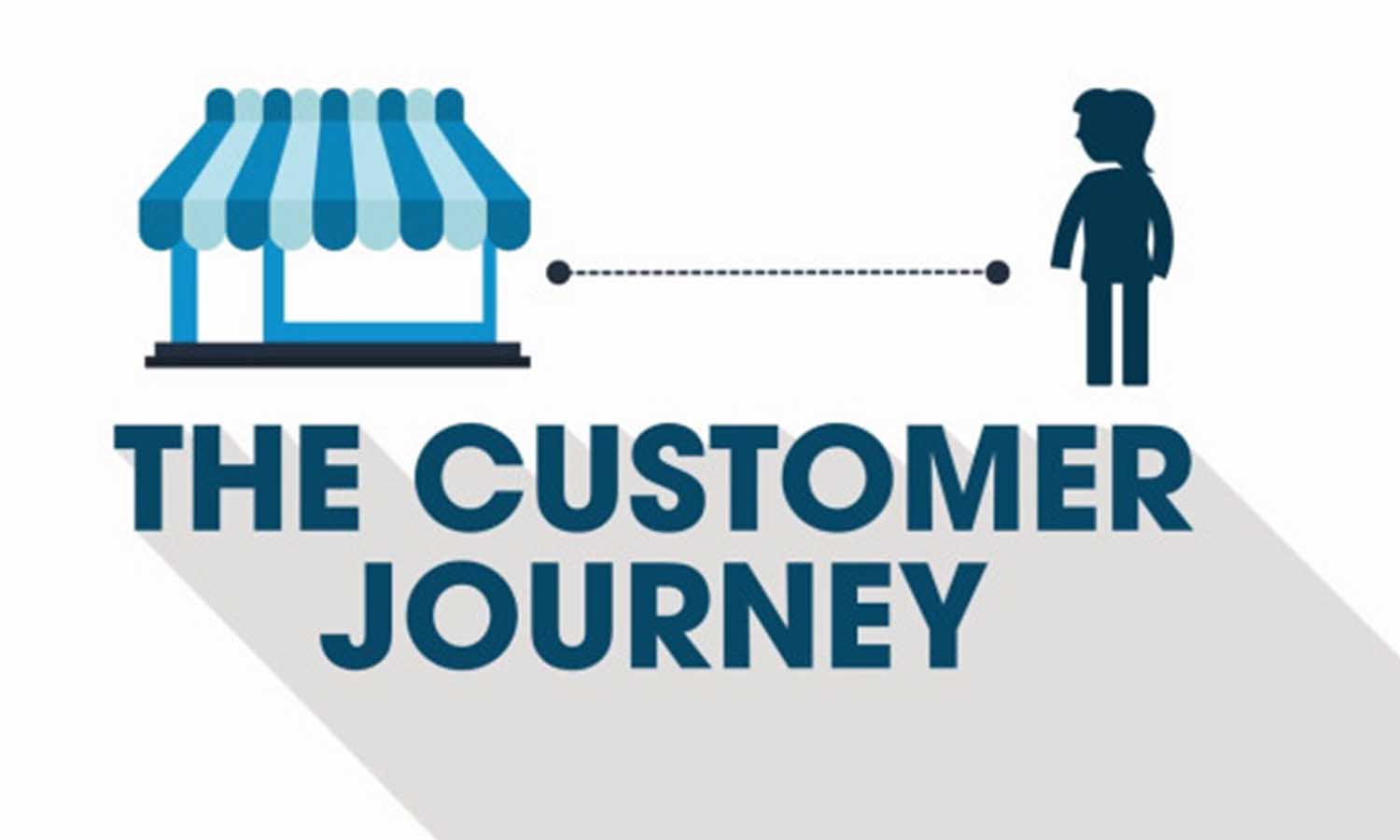What online and offline touchpoints should you consider to deliver excellent customer experiences? In an earlier article, we showed how journey mapping can help identify the key digital touchpoints desired by customers. By going through the general customer journey stages of awareness, consideration, purchase, experience and loyalty, it’s easy to identify your most important customer touchpoints. Simply step out of your role and into the customer’s shoes. Consider every touchpoint the customer comes in contact with. What touchpoints need improvements? Are there any missing touchpoints? What touchpoints are most effective at moving prospects forward in their journey? Consider where the customer may need additional help or resources that currently aren’t available. And consider how you can drive more customers to the content that has been most effective.
Which Digital Touchpoints Should You Consider?
The answer is not one or the other, but perhaps a combination of both. To help you with your customer journey mapping, consider the following list of touchpoints:
Awareness
Digital (i.e. Online)
- Social media exposure
- Search engine interactions
- Display and banner ads
- Directory listings
- Email marketing
- Blogs
- Video
- SMS promotions
- Mobile Apps
- Affiliate Marketing
- Loyalty Programs
Offline
- Traditional pring, radio, TV and mail advertising
- Store locations
- Community involvement
- Direct sales
Consideration
Digital (i.e. Online)
• Website Content & landing page interactions (e.g. chats, etc.)
• Webinars
• Free trials
• Product/service demos
• Reviews & Testimonials
• Q&A sessions
• Discounts
• Digital in-store displays
• Influencer Marketing
• Geo-targeting
Offline
• In-store advertising
• In-store events
• Word-of-mouth
Purchase
Digital (i.e. Online)
• Website (account creation)
• Website (online checkout interactions incl. upsell / cross-sell)
• Billing
• Reviews & Testimonials
• Discounts
• Electronic Payment options
Offline
• Staff engagement
• Showroom design
Experience
Digital (i.e. Online)
• Automated fulfillment
• Delivery and shipment tracking
• Automated returns handling
• Online help center
• Support Content (e.g. FAQs, How-to-guides)
• Support Tools (e.g. reminder tools for medication adherence)
• Email follow-ups
• Social media interactions
Offline
• Order fulfillment
• Packaging
• Customer Service / Support
• Returns
Loyalty
Digital (i.e. Online)
• Newsletters
• Social media/email interactions
• Loyalty program
• Personalized rewards
Offline
• Thank-you cards
• Invitations to private events
Focus on How Touchpoints Work Together
A word of caution: Brands need to optimize customer journeys, and not get lost implementing and improving touchpoints in silos. The result may be a poor, overall customer experience. For example, Exhibit 1 illustrates how individual touchpoints may perform well even if the overall experience is poor. It is not about the individual touchpoints themselves, but rather the entire journey and how touchpoints contribute to the overall customer experience.

According to research from IDC, two-thirds of the Global 2,000 companies will shift their focus from traditional, offline strategies to more modern digital strategies to improve the customer experience before the end of 2019 – with 34% of companies believing they’ll fully adopt digital transformation within 12 months or less.
Will digital disrupt your business, or will you seize it as an opportunity




